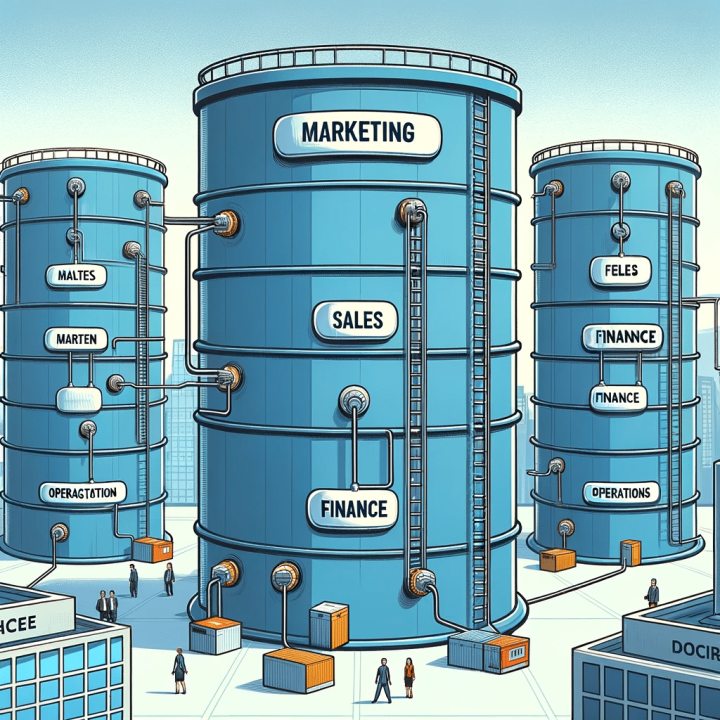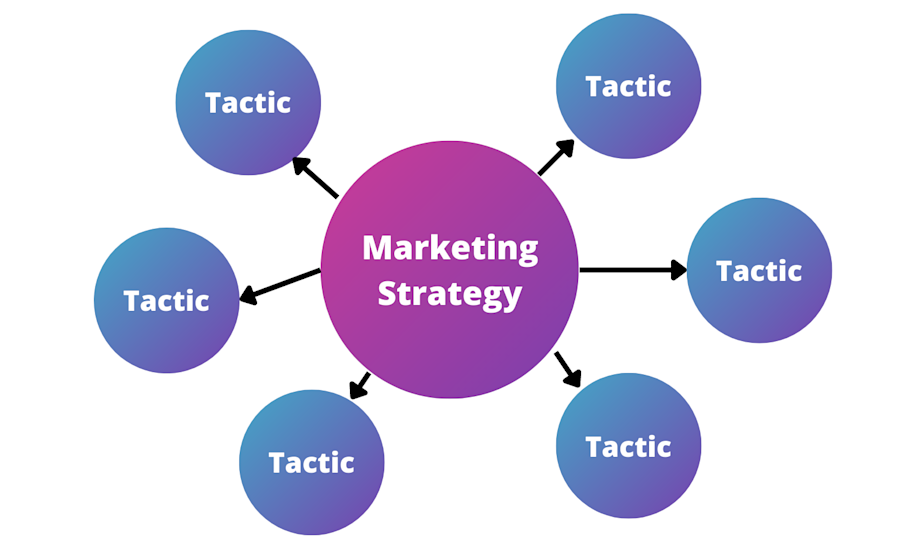As businesses expand, so does their data. Managing this growth effectively requires a database that can scale seamlessly to accommodate increasing volumes of information. A scalable database isn’t just about storing more data; it’s about maintaining performance, reliability, and accessibility as your business grows.
Why Scalability Matters
Scalability ensures that your database can handle more users, transactions, and data without compromising speed or accuracy. For growing enterprises, this means avoiding downtime, improving customer experience, and supporting data-driven decisions.
Key Steps to Building a Scalable Database
- Choose the Right Architecture Decide between vertical scaling (adding more power to existing servers) and horizontal scaling (adding more servers). Horizontal scaling is often preferred for its flexibility and cost-efficiency.
- Opt for a Cloud-Based Solution Cloud databases, such as AWS, Google Cloud, or Azure, offer elasticity and on-demand scalability, allowing you to scale resources as needed.
- Prioritize Indexing and Optimization Proper indexing and query optimization ensure that your database performs well under heavy loads. Use tools to analyze and fine-tune database queries.
- Implement Sharding and Partitioning Distribute your data across multiple databases or servers to reduce bottlenecks and improve performance.
- Monitor and Test Regularly Use monitoring tools to track database performance and identify potential issues before they escalate. Regular stress testing helps prepare for unexpected surges.
The Golden Ladder Advantage
At The Golden Ladder, we specialize in providing scalable database solutions tailored to growing enterprises. Our platforms are designed for flexibility and performance, ensuring that your database grows with your business.
Conclusion
Investing in a scalable database is essential for long-term success. By following best practices and partnering with experts, you can future-proof your data management and focus on what matters most: growing your enterprise.





